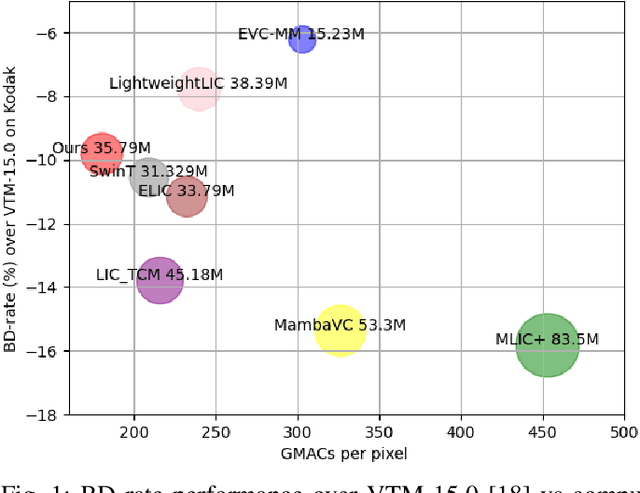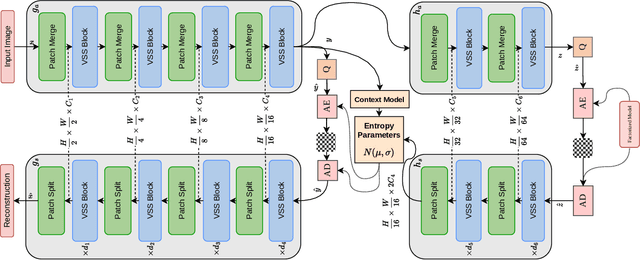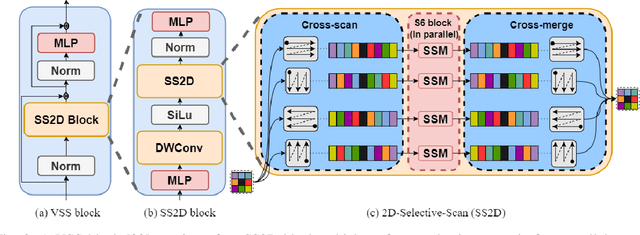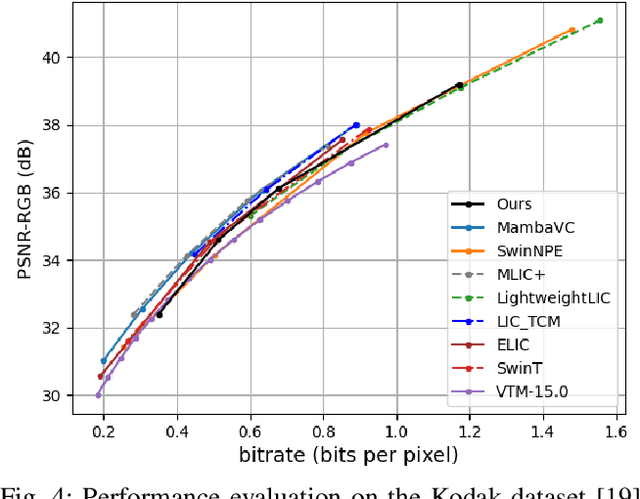Bouzid Arezki
Universal End-to-End Neural Network for Lossy Image Compression
Sep 10, 2024



Abstract:This paper presents variable bitrate lossy image compression using a VAE-based neural network. An adaptable image quality adjustment strategy is proposed. The key innovation involves adeptly adjusting the input scale exclusively during the inference process, resulting in an exceptionally efficient rate-distortion mechanism. Through extensive experimentation, across diverse VAE-based compression architectures (CNN, ViT) and training methodologies (MSE, SSIM), our approach exhibits remarkable universality. This success is attributed to the inherent generalization capacity of neural networks. Unlike methods that adjust model architecture or loss functions, our approach emphasizes simplicity, reducing computational complexity and memory requirements. The experiments not only highlight the effectiveness of our approach but also indicate its potential to drive advancements in variable-rate neural network lossy image compression methodologies.
Convolutional Transformer-Based Image Compression
Sep 06, 2024Abstract:In this paper, we present a novel transformer-based architecture for end-to-end image compression. Our architecture incorporates blocks that effectively capture local dependencies between tokens, eliminating the need for positional encoding by integrating convolutional operations within the multi-head attention mechanism. We demonstrate through experiments that our proposed framework surpasses state-of-the-art CNN-based architectures in terms of the trade-off between bit-rate and distortion and achieves comparable results to transformer-based methods while maintaining lower computational complexity.
Efficient Image_Compression Using Advanced State Space Models
Sep 04, 2024



Abstract:Transformers have led to learning-based image compression methods that outperform traditional approaches. However, these methods often suffer from high complexity, limiting their practical application. To address this, various strategies such as knowledge distillation and lightweight architectures have been explored, aiming to enhance efficiency without significantly sacrificing performance. This paper proposes a State Space Model-based Image Compression (SSMIC) architecture. This novel architecture balances performance and computational efficiency, making it suitable for real-world applications. Experimental evaluations confirm the effectiveness of our model in achieving a superior BD-rate while significantly reducing computational complexity and latency compared to competitive learning-based image compression methods.
 Add to Chrome
Add to Chrome Add to Firefox
Add to Firefox Add to Edge
Add to Edge